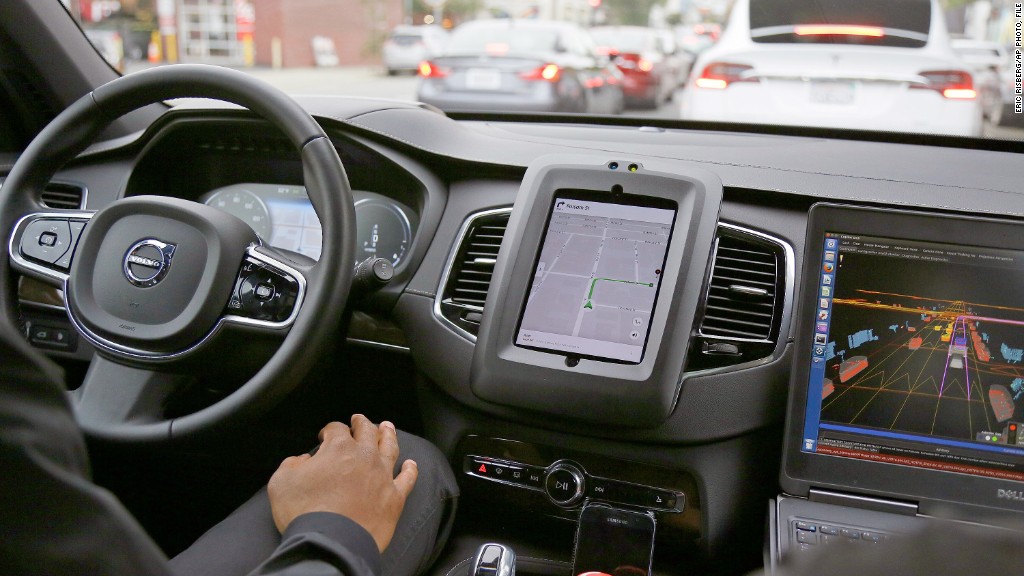
Next-generation tech like self-driving cars and augmented reality will need huge amounts of computing power.
AT&T (T) on Tuesday detailed its plan to use "edge computing" and 5G to move data processing to the cloud, in order to better support these new technologies.
"[Edge computing] is like having a wireless supercomputer follow you wherever you go," AT&T said in a statement.
Rather than sending data to AT&T's core data centers -- which are often hundreds of miles away from customers -- it will be sent to the company's network of towers and offices, located closer to users.
Currently, data is either stored in those data centers or on the device itself.
"[Edge computing] gives the option now to put computing in more than two places," Andre Fuetsch, president of AT&T Labs and chief technology officer, told CNN Tech.
For example, let's say you're wearing VR glasses but the actual virtual reality experience is running in the cloud. There could be a delay in what you see when you move your head if the data center is far away.
Related: AT&T to consider splitting telecom, media divisions after Time Warner deal
AT&T aims to reduce lag time by sending data to locations much closer to you. (AT&T has agreed to acquire Time Warner, the parent company of CNN. The deal is pending regulatory approval.)
5G networks will be driving these efforts. Experts believe 5G will have barely any lag, which means a lot of the computing power currently in your smartphone can be shifted to the cloud. This would extend your phone's battery life and make apps and services more powerful.
In the case of augmented and virtual reality, superimposing digital images on top of the real world in a believable way requires a lot of processing power. Even if a smartphone can deliver that promise, it would eat up its battery life.
With edge computing, data crunching is moved from the device to the "edge" of the cloud, which is the physical points of the network that are closer to customers.
Related: AT&T and Verizon halt Google ads over extremist videos
5G will also enable faster speeds and could even open the door to new robotic manufacturing and medical techniques.
AT&T is rolling out edge computing over the "next few years," beginning in dense urban areas.

